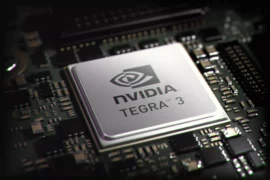
The benchmark will be rolled out in phases. The first phase is planned for beta release in the first quarter of 2017; this will include tests to evaluate various standalone security functions such as the SHA256, AES, and ECC. The benchmark will enable EEMBC members to implement these algorithms on their microcontrollers using software libraries or hardware accelerators, whichever yields the best-in-class balance of performance, energy, and cost.
The EEMBC IoT Security benchmark will complement the EEMBC Connect benchmark, which is also in the development phase. The EEMBC Connect benchmark is built to reliably determine the combined energy consumption of a system, taking into consideration the real-world effects of sensor inputs and communication (e.g. Bluetooth, Wi-Fi). Current active working group members include Analog Devices, ARM, C-Sky Microsystems, Flex, Intel, Microchip, Nordic Semiconductor, NXP, Redpine Signals, Renesas, Silicon Labs, STMicroelectronics, Synopsys, and Texas Instruments.
Markus Levy, president of EEMBC, said: “Security is a priority of application developers, though they are typically concerned that implementing security functions within their IoT devices will hurt performance and lower battery life. Therefore, a critical goal of our new benchmark will be to quantify the latency and energy impact of implementing security to allow developers to select the optimal combination of microcontroller, hardware, and/or software security products for their application.”



